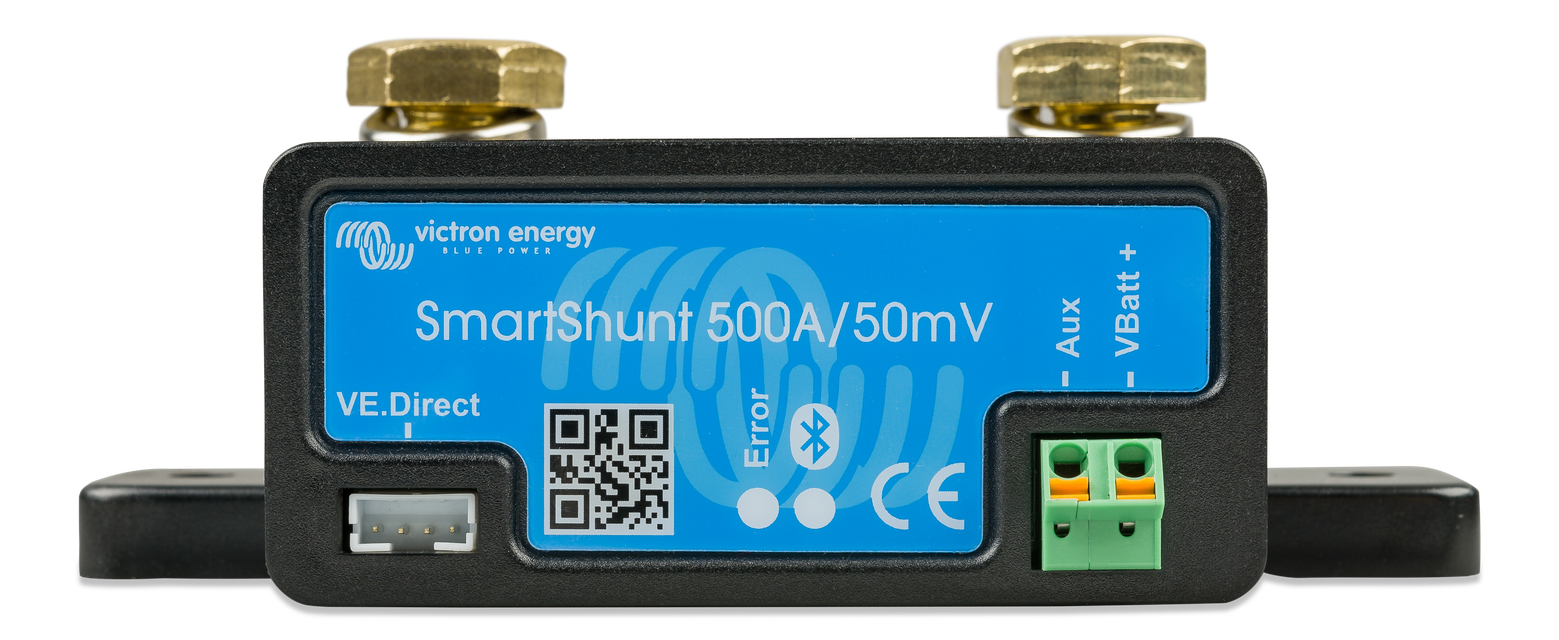wade0000
New Member
- Joined
- Oct 30, 2020
- Messages
- 66
Hello there again,
I currently manually shut off the solar 24V battery banks running whatever I am running when my voltage gets down to 24.2 volts. (AGM) I have a wireless stream coming from the CC that I can see the instantaneous voltage from inside my house. The inverter and batteries are in a disattached garage outside.
However, I have noticed that when my fridge kicks in it drops the voltage way down and then once the load is reduced, the voltage rebounds at least 0.6 volts. So it is very hard to tell if I am really at my (self-imposed) 24.2V limit or it's just a surge on the demand side.
However, there is no way to tell from a distance if the load is big or small since the fridge is in my basement and so for now I err on the side of safety in that if I see the voltage is 24.2, I shut off the inverter and batteries and just go to the grid. But it could have just been bad luck in that the fridge was kicked in heavy.
So, my question is: If I run the voltage down to below my target 12.2 but it is only there because of the heavy draw at the time, is this really violating my rule of thumb and hurting my batteries? So, is the 12.2 real and affecting the life even if under no load it would be 12.8?
I know ideally I would want to disconnect both the panels and the load in order to see the steady state voltage but that is impractical.
Thanks.. I'll shut up and listen now.
I currently manually shut off the solar 24V battery banks running whatever I am running when my voltage gets down to 24.2 volts. (AGM) I have a wireless stream coming from the CC that I can see the instantaneous voltage from inside my house. The inverter and batteries are in a disattached garage outside.
However, I have noticed that when my fridge kicks in it drops the voltage way down and then once the load is reduced, the voltage rebounds at least 0.6 volts. So it is very hard to tell if I am really at my (self-imposed) 24.2V limit or it's just a surge on the demand side.
However, there is no way to tell from a distance if the load is big or small since the fridge is in my basement and so for now I err on the side of safety in that if I see the voltage is 24.2, I shut off the inverter and batteries and just go to the grid. But it could have just been bad luck in that the fridge was kicked in heavy.
So, my question is: If I run the voltage down to below my target 12.2 but it is only there because of the heavy draw at the time, is this really violating my rule of thumb and hurting my batteries? So, is the 12.2 real and affecting the life even if under no load it would be 12.8?
I know ideally I would want to disconnect both the panels and the load in order to see the steady state voltage but that is impractical.
Thanks.. I'll shut up and listen now.



